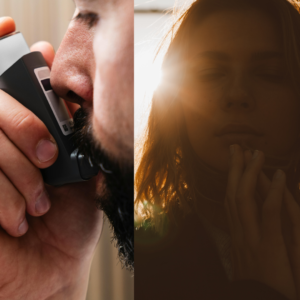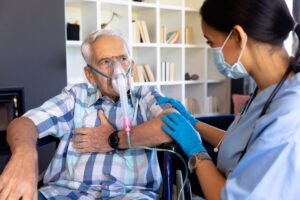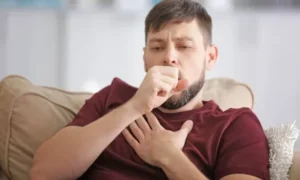If you or someone you know has a respiratory condition that requires inhalers, you’re in the right place. Getting the most from your inhaler is crucial, and I’m here to help you master the technique. With two decades of experience in pulmonary rehabilitation, I’ve seen how proper inhaler use can greatly improve the lives of those with respiratory conditions. Let’s dive into the steps for success:
Step 1: Know Your Inhaler
Start by understanding your inhaler type. There are different kinds, like metered-dose inhalers (MDIs), dry powder inhalers (DPIs), and soft mist inhalers. Each has unique instructions, so read the user manual that comes with your inhaler. If you’re unsure, your healthcare provider or pharmacist can provide guidance.
Step 2: Prepare Your Inhaler
Proper prep ensures your inhaler works as it should. For MDIs, give it a good shake unless instructed otherwise. DPIs and soft mist inhalers usually don’t need shaking. Keep your inhaler clean and clear of any obstructions.
Step 3: Stand or Sit Up Straight
To make the most of your inhaler, stand or sit up straight. This helps the medication reach your lungs where it’s needed.
Step 4: Empty Your Lungs
Before inhaling, exhale fully to empty your lungs. This makes space for the medication to get deep into your airways.
Step 5: Seal Your Lips
With MDIs and soft mist inhalers, create a tight seal around the mouthpiece using your lips to prevent air from escaping. DPIs don’t require this seal; simply inhale deeply.
Step 6: Activate the Inhaler
For MDIs, press the canister as you start a slow, deep breath. DPIs need you to release the dose while inhaling. Soft mist inhalers require pressing the release button and inhaling simultaneously. Timing is key to getting the full dose.
Step 7: Breathe Slow and Deep
Inhale slowly and deeply through your mouth, not your nose. For MDIs and soft mist inhalers, keep inhaling for 3-4 seconds after activating the device. DPIs need a quick, forceful inhale.
Step 8: Hold Your Breath
After inhaling, hold your breath for about 10 seconds, or as long as comfortable. This allows the medication to settle deep in your lungs for optimal absorption.
Step 9: Exhale Slowly
Exhale gently through pursed lips to keep the medication from escaping your airways.
Step 10: Rinse Your Mouth (if needed)
Some medications can cause side effects in your mouth, like thrush or dryness. If your healthcare provider recommends it, rinse your mouth with water after using your inhaler to reduce these effects.
Step 11: Clean and Store Your Inhaler
Follow the cleaning instructions in your user manual to keep your inhaler in good condition. Store it in a cool, dry place away from direct sunlight and extreme temperatures.
Step 12: Regularly Check Your Technique
Inhaler technique can slip over time, so have your healthcare provider or a respiratory therapist check it regularly. They can give feedback and make adjustments to ensure you’re getting the most from your medication.
Remember, mastering good inhaler technique is key to effectively managing respiratory conditions. If you’re unsure about your technique or have concerns, reach out to your healthcare provider or a respiratory therapist. With guidance and practice, you can breathe easier and enjoy a better quality of life.







